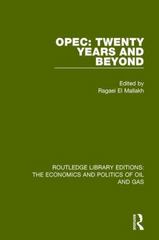Question
Why do we typically consider economies where the endowment when young is greater than the endowment when old? Consider a model economy as described in
Why do we typically consider economies where the endowment when young is greater than the endowment when old? Consider a model economy as described in Module 1, but assume that workers are endowed with y units of the consumption good when old and 0 units when young. Assume the population is constant over time, i.e. Nt = Nt1 = N for all t 0. (a) Explain the planner's problem in words. (b) Derive the planner's feasible set for a given period t and do not impose the assumption that the allocation is stationary. (c) What is a stationary allocation? Explain. (d) Assume the planner wants to implement a stationary allocation. Draw a figure that depicts the solution to the planner's problem using the feasible set and sample indifference curves that satisfy the properties discussed in Lecture 1. Now consider a decentralized version of this economy where individuals make their own consumption and trading decisions. Do you think there is a way to sustain trade between the young and the old in this case? Explain.
Step by Step Solution
There are 3 Steps involved in it
Step: 1

Get Instant Access to Expert-Tailored Solutions
See step-by-step solutions with expert insights and AI powered tools for academic success
Step: 2

Step: 3

Ace Your Homework with AI
Get the answers you need in no time with our AI-driven, step-by-step assistance
Get Started


